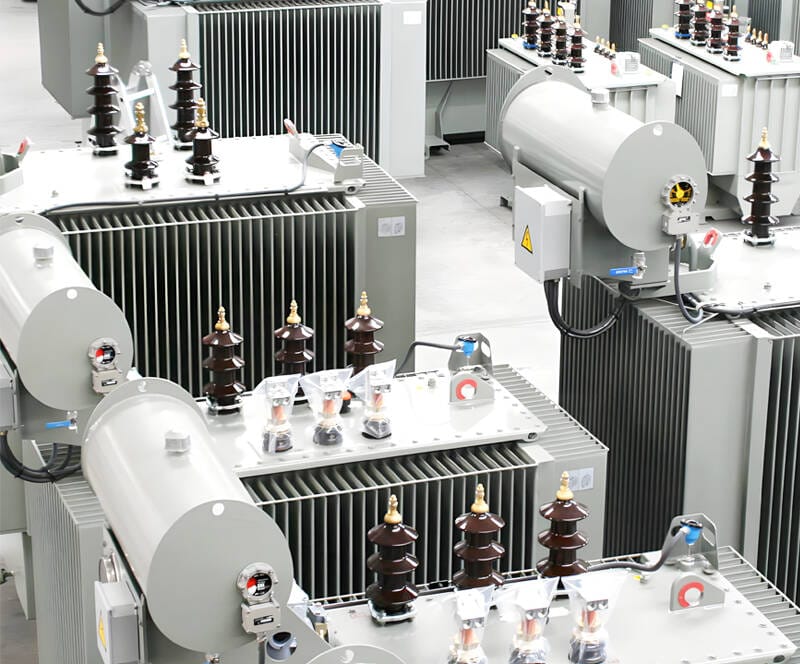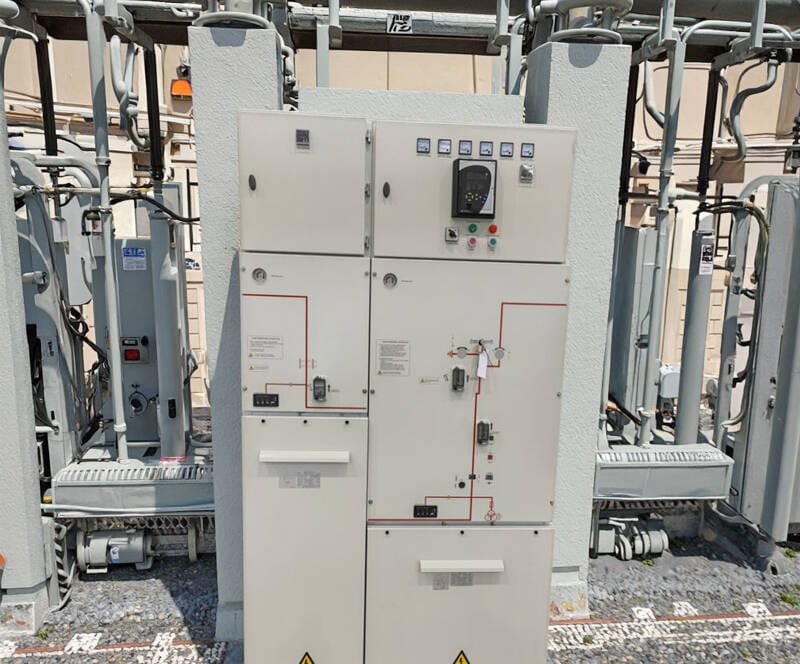In today’s rapidly evolving energy landscape, transformer play a crucial role in ensuring efficient and safe power transmission. Whether in large utility grids, industrial plants, or renewable energy systems, these devices are essential for adapting voltage levels and maintaining power quality.
In this blog, we’ll walk you through the fundamentals of transformers, their various types, key applications, and a practical guide to selecting the right one for your needs.
What Is a Transformer?
A transformer is an electrical device that transfers electrical energy between two or more circuits using electromagnetic induction. Its primary function is to increase (step-up) or decrease (step-down) voltage levels while maintaining the same frequency.
By converting voltages, transformers enable the safe and efficient distribution of electricity across long distances and various end-use applications. They are indispensable in both conventional and renewable energy systems.
How Does a Transformer Work?
The working principle of a transformer is based on Faraday’s Law of Electromagnetic Induction. A typical transformer consists of a magnetic core and two sets of windings: the primary coil and the secondary coil.
When alternating current (AC) flows through the primary winding, it creates a changing magnetic field around the core. This magnetic field induces a voltage in the secondary winding, transferring energy without any physical connection between the two circuits.
Main Components of a Transformer:
- Core: Usually made of silicon steel to efficiently conduct magnetic flux.
- Windings: Copper or aluminum conductors wound around the core.
- Insulation: Prevents electrical shorts between windings.
- Cooling system: Maintains safe operating temperatures.
Types of Transformers
Transformers come in various designs to meet specific power and environmental requirements. Here are the most common types:
1. By Function
- Step-Up Transformer: Increases voltage, often used in power generation stations.
- Step-Down Transformer: Decreases voltage, commonly used for distribution to homes and businesses.
- Isolation Transformer: Separates electrical systems to enhance safety and reduce noise.
2. By Construction
- Transformateur de type sec: Uses air as the cooling medium; safe, low-maintenance, suitable for indoor use.
- Oil-Immersed Transformer: Uses insulating oil for cooling and insulation; ideal for high-voltage and outdoor applications.
3. By Phase Configuration
- Single-Phase Transformer: Suitable for residential and light commercial loads.
- Three-Phase Transformer: Preferred for industrial applications and utility networks.
Common Applications of Transformers
Transformers are widely used across various industries and infrastructures. Key applications include:
1. Power Distribution
Used in substations and utility grids to manage voltage levels and ensure efficient power delivery across long distances.
2. Industrial Equipment
Transformers supply stable power to heavy machinery, CNC systems, compressors, and production lines.
3. Renewable Energy Systems
In solar and wind projects, transformers connect inverters to the grid by adjusting voltage to grid-compatible levels.
4. Commercial & Residential Buildings
Used in elevators, HVAC systems, backup generators, and lighting systems to provide voltage stability and safety.
How to Choose the Right Transformer
Selecting the appropriate transformer depends on several factors:
| Paramètre | Consideration |
| Power Rating (kVA) | Ensure capacity matches load requirements. |
| Input/Output Voltage | Match transformer voltage to your system’s source and load voltages. |
| Environment | Indoor/outdoor use? Harsh or corrosive environments? Choose dry or oil type. |
| Méthode de refroidissement | Natural air cooling (dry) or oil-immersed cooling for larger power ratings. |
| Fréquence | 50Hz or 60Hz, depending on your region. |
| Certifications | Look for UL, IEC, CE, or other relevant approvals for compliance and safety. |
Pro Tip: Always consult with your transformer supplier or electrical engineer for precise sizing and configuration based on your application.
Trends in Transformer Technology
As global energy systems modernize, transformers are also evolving. Here are some of the latest developments:
- Smart Transformers: Equipped with sensors and IoT integration for real-time monitoring and diagnostics.
- Energy-Efficient Designs: Low-loss cores and improved insulation to reduce energy waste.
- Eco-Friendly Fluids: Use of biodegradable ester oils to replace mineral oil in sensitive environments.
- Integration with Energy Storage Systems (ESS): New designs enable better performance with BESS and hybrid renewable systems.
Why Choose Us as Your Transformer Supplier?
- Dry-Type Transformers (10kVA–2500kVA)
- Oil-Immersed Transformers (10kVA–10MVA)
- Customized Transformers for solar inverters, energy storage systems, and more
- 36 years of expertise
- Over 180MW of system shipments
- 2100+ satisfied customers worldwide
Contact us today to get a free quote or technical consultation.
Conclusion
Transformers are vital to every electrical system — from the grid to your rooftop solar project. Understanding their types, functions, and selection criteria helps you ensure efficiency, safety, and long-term reliability. Whether you’re powering a factory, building a solar plant, or upgrading infrastructure, choosing the right transformer is the first step toward success.


